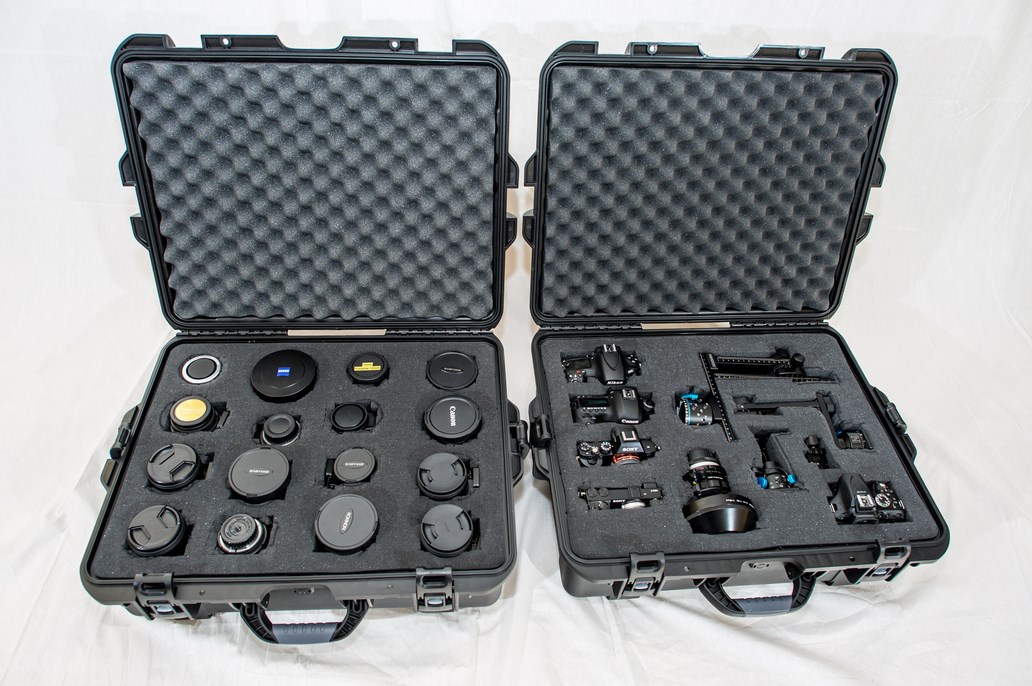
Creating a panoramic photography aims to render a visual space . The evolution of software and browsers now allows pano photo to represent a space in its entirety. The user is no longer in front of a photograph, but in the center of it.
Through this spherical panoramic photography test, I share with you my passion for this image format. The pano photo is, today, thanks to computers, very varied. It is done by assembling photographs and it became easy to make panoramic photos. This spherical panoramic photography test has been made at:
- Saint-Alphonse church of Thetford Mines
- Redpath Museum (McGill University)
Intro: Basic principles of the spherical panoramic photo :
- Take the photo at 360°, going completely around the camera and also at 180°, meaning up and down . The number of shots depends on the vision angle, a 8mm or 15mm lens, etc. .
- You need a tripod to be stable; this is required if you want to succeed.
- You also need a spherical panoramic head . There is an axis that rotates around the center of the tripod.
- You must have a software to assemble your photos.
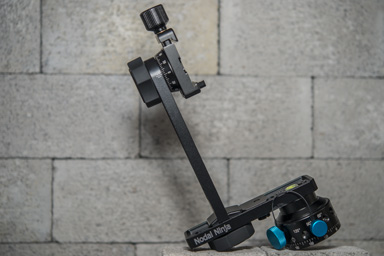
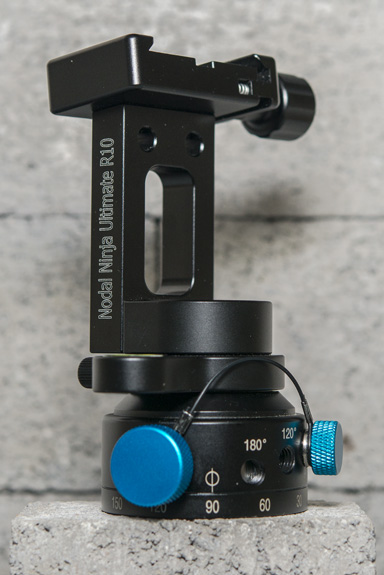
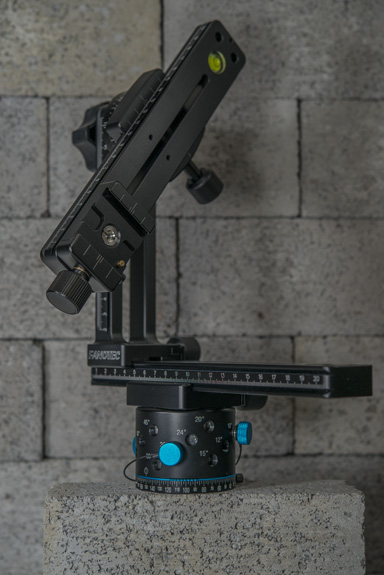
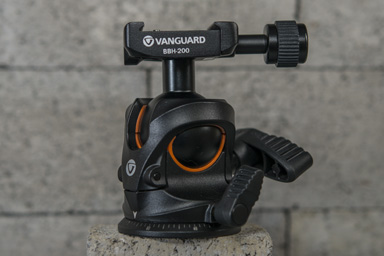
With a full-frame sensor camera:
- At the 15mm focal length, you will need a minimum of 8 pictures for the realization of a spherical (1 row of 6 pictures 0° + nadir + zenith).
- At the 11-12 1mm focal length, it will take 3 or 4 pictures for a spherical.
With a camera with a APS- C sensor:
- At the 10 mm focal length, it will take a minimum of 8 pictures for the realization of a spherical (1 row of 6 pictures 0° + nadir + zenith).
- At the 8mm focal length, it will take 4 photos for a spherical.
Looking for a camera with a single lens to make spherical panoramic photographs ? You're one of those photographers looking for a new camera to capture a place, take pictures for photo Google trusted program? You will choose from a wide variety of models, whose price, features, and picture quality obtained vary greatly from one product to another. Canon, Nikon, Sony... 8mm or 15mm lens, 4, 6 or 12 photos, APS-C or full-frame sensor, these are all features offered by manufacturers. When we think Reflex camera, we usually think of two giants, Canon and Nikon. But Sony could come shake habits, becoming itself as an essential pano kind. Know that neither brand nor a higher purchase price, mean necessarily guaranted quality. Find out in our test a wide selection ranging from basic models to more sophisticated experts models.
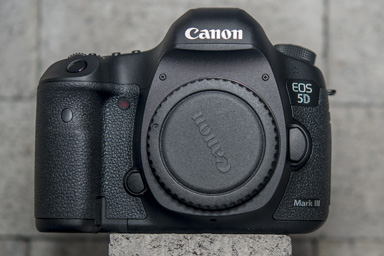
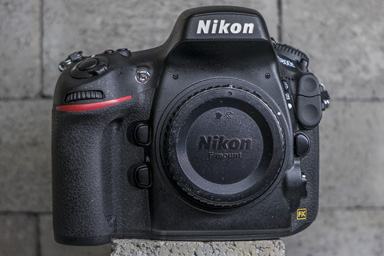
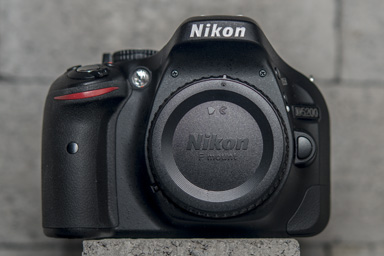
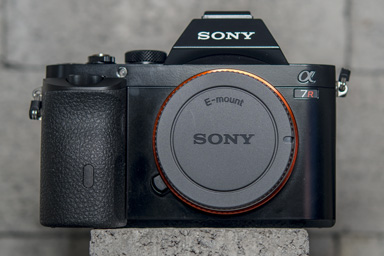
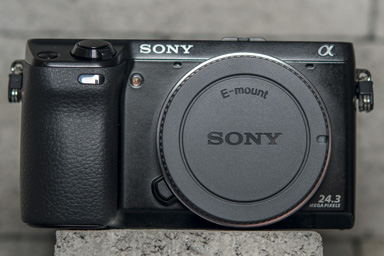
The lens of your camera will determine the quality of your photos. Unfortunately, most of the good lenses are expensive. Which one therefore choose? Before finalizing your choice, determine the type of camera and lens you want and see the results of our test. When choosing a lens for your camera, you also have two choices: choose a model from the same brand as your camera or turn to a general manufacturer, like Sigma or Tamron. Indeed, these produce compatible lenses with different brands of cameras, Fujiyama, Madoka, Rokinon, Samyang, Sigma, Tamron, Tokina and Zeiss. lenses are generally more expensive. This does not necessarily mean that those of Samyang, Sigma, Tamron... are of lesser quality: to have a good idea, please refer to our comparison tool.
You can mount various optical fisheyes on a camera with interchangeable lenses. These lenses may have different characteristics: focal length, zoom function, open aperture, etc. The choice of a lens or a zoom depends on the use you want to make.
Once you have chosen to make a pano photo, pay attention to the following characteristics:
- Construction of the lens/camera
- Equipment ease of use (handling)
- Size and weight
- Value (price/performance)
- Features
- Easy to assemble images
- Quality of panoramic images (rendered pano 360)
- Packaging and manual
- Overall assessment
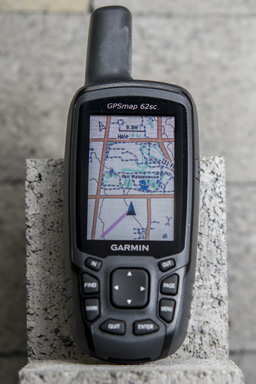
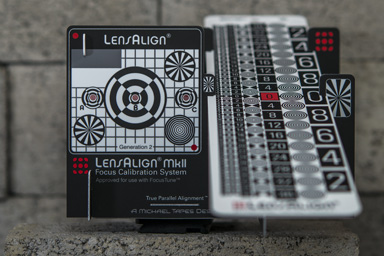
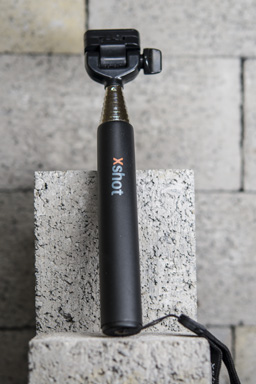
Our tests were conducted in two locations with controlled lighting conditions. We can then easily compare the images produced by the cameras/lenses in various configurations. Our test scenes therefore allow to evaluate the final quality of panoramic images.
For the best final quality, here is the work flow of the test:
- Taking photos in RAW
- Development of RAW to TIFF in Adobe Lightroom
- Assemble in PTGui from tiff files
- Possible adjustments in Photoshop for logo picture
- Finally, converting to jpeg (7000 * 3500) (it should be noted that the jpeg format is a destructive format)
Very large images are problematic, their loading time is too long. JPEG is a format called "destructive", mening it loses detail in the image while remaining within acceptable size limits of the final file. Saving images in jpeg format within a limit file size of 7000 pixels wide by 3500 pixels high, greatly reduces the quality of images to distribute. But this is the price to pay for a comfortable viewing of images. This also has the effect of attenuating a little difference between high-range and mid-range lenses. Reality makes that the Internet distribution of panoramic images is subject to this choice, so our test takes it into account.
You are lost in front of all these products? quebecpanorama.com created a simple tool to guide you in your choice: panoramic assistant, comparative pages. Here are comparative tests demonstrating the products with the best quality/price ratio.
Should you be interested by the spherical pano photographs, you can also visit my gallery here: http://quebecpanorama.com/fr/pano/liste
I hope that I have contributed to lighten some aspects of spherical panoramic photo. Feel free to make comments or submit any questions by email.
Quebecpanorama.com site is neutral and independent.
